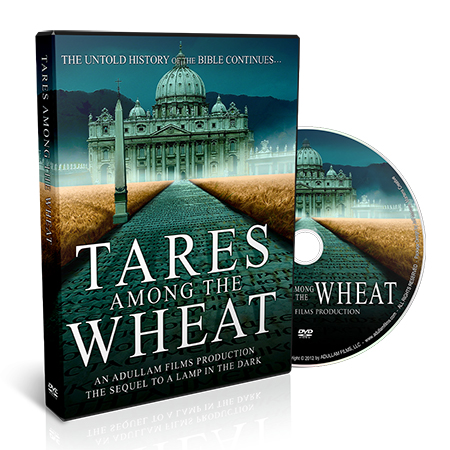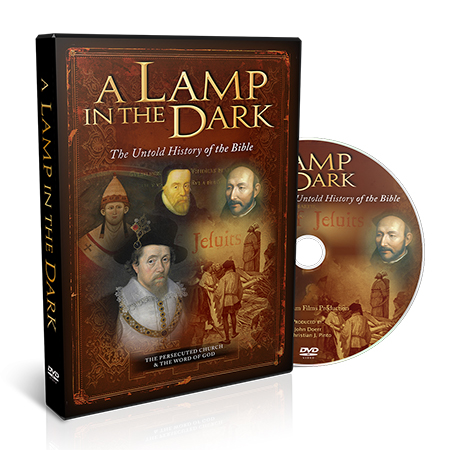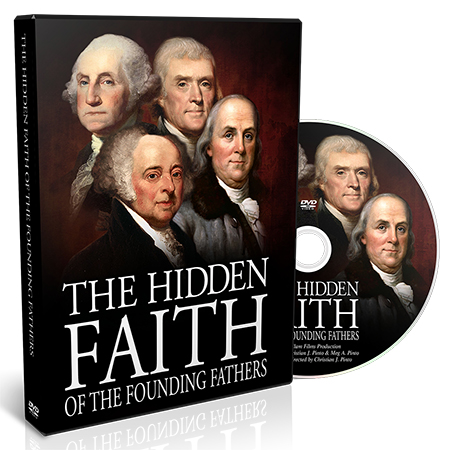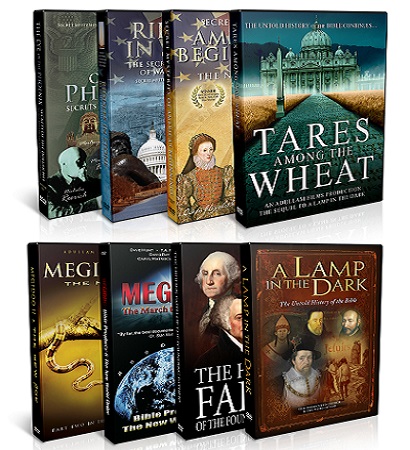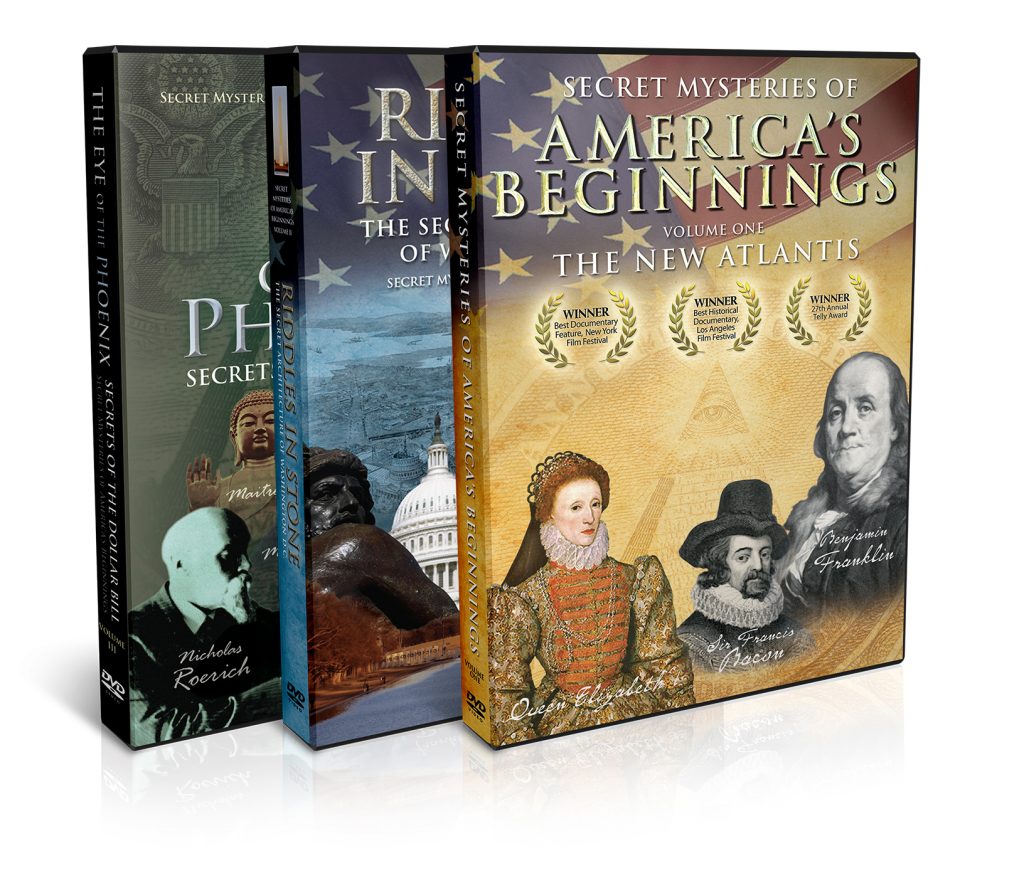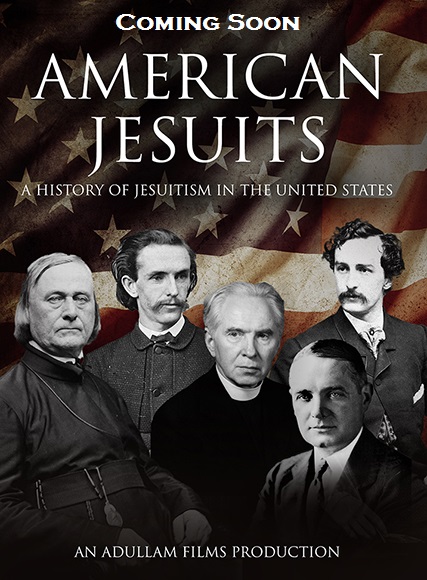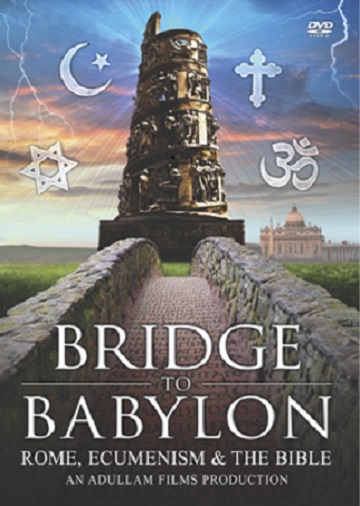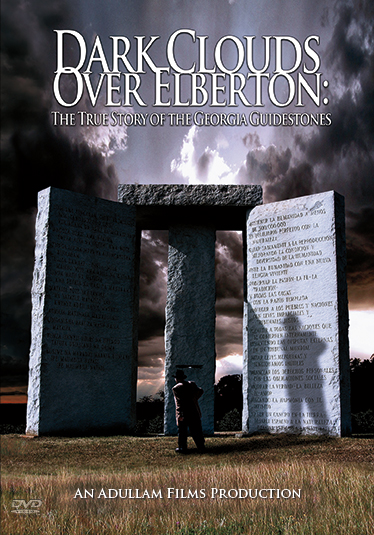
ANSWERING DR. DANIEL B. WALLACE on CODEX SINAITICUS, TISCHENDORF, and the SIMONIDES Affair
by Christian J. Pinto “The history of this manuscript is wrought with mystery, politics, and perhaps even some deception …” Source: The Friends of CSNTM (Center for the Study of New Testament Manuscripts) website, featuring Dr. Daniel Wallace This is our detailed response to a video that was posted (some years ago) in response to our film, Tares Among the Wheat. Because we believe the issues are an important part of the history of the Bible, and the true history of Codex Sinaiticus — for posterity’s sake, and for those who may choose to investigate these issues in the future, we are reposting our response for the benefit of any new research into the subject matter. The video in question features a presentation given by Dr. Daniel Wallace, who is a professor of New Testament studies at Dallas Theological Seminary, speaking on the subject of Constantine Simonides and his claim to have authored the Codex Sinaiticus in 1840 (a manuscript ordinarily dated to the fourth century). Our film presents evidence from the 19th century that strongly suggests Simonides may very well have been the true author of the codex, and indeed, he went to his grave defending his claim. However, Dr. Wallace supports the predominantly held view that his story was false and presents a number of arguments to the contrary. We should also mention that his video presentation is primarily about Tischendorf and the discovery of the codex, during which, he covers the history of the Simonides affair. Find the full video of Dr. Wallace here: https://www.youtube.com/watch?v=LVSzBGXXL1Y Perhaps the most important part of Dr. Wallace’s argument is his assertion that the Codex Sinaiticus was actually seen by an Italian explorer in the year 1761 – long before Constantine Simonides was even born. But was this the case? The purpose of this article is to demonstrate the flaws in Dr. Wallace’s conclusions by examining the historic information he presents point by point. We generally believe most scholars today are largely unaware of the specifics surrounding the discovery of the Codex Sinaiticus, and the story of Simonides in general. Our desire is that a more perfect history be established concerning this controversy, for the benefit of the Biblical record. The faith of believers in the Bible as the infallible Word of God is often shaken because of claims made about Codex Sinaiticus and the dubious textual theories that have been developed since its “discovery” in 1859. Also, we should include a word about Dr. Wallace and his view of the biblical text. Conservative Christians seem to think that Wallace shares their belief in the inerrancy of Scripture, however, this is not the case. Many examples could be given, and if one searches the internet for Dr. Wallace on the subject of inerrancy, he will quickly learn that his views are unorthodox at best. But in a particular article he published, titled: Fifteen Myths About Bible Translation, he said the following: “Scholars are not sure of the exact words of Jesus. Ancient historians were concerned to get the gist of what someone said, but not necessarily the exact wording. …In truth, though red-letter editions of the Bible may give comfort to believers that they have the very words of Jesus in every instance, this is a false comfort.” In contrast, Jesus said: “Heaven and earth shall pass away, but my words shall not pass away.” (Matthew 24:35) Now, back to the Codex Sinaiticus debate. HISTORIC BACKGROUND The first 43 leaves of the Codex Sinaiticus were found by the German scholar, Constantine von Tischendorf in 1844, at St. Catherine’s Monastery at the base of what is called Mt. Sinai in Egypt. While he was very secretive about his original discovery, Tischendorf later claimed that the pages he found had been jettisoned by the Greek monks in a rubbish basket, and were destined to be burned in the fire. The monks to this day claim that he stole them. Tischendorf visited the monastery a second time in 1853, where he discovered a fragment of Genesis; but his next major discovery of the codex was in 1859, when he found the New Testament portion and part of the Old, along with the Epistle of Barnabas and a partial copy of the Shepherd of Hermas. At this point, the manuscript was named Codex Sinaiticus, and declared to be the oldest Bible ever found. Yet in 1860, when the Greek paleographer Constantine Simonides saw the first facsimiles in Liverpool, England, he said, “I at once recognized my own work.” He claimed that he had created the manuscript twenty years earlier, and that it was intended to be a gift for the Czar of Russia, something planned by his uncle, (a Greek monk named Benedict) and carried out by Simonides as a young calligrapher. The story was astonishing, and a debate concerning the issue raged back and forth from 1860 to 1864, much of it in the newspapers of England. In short, the critics of the 19th century rejected his claims. Simonides published a final work in 1864, in which he reaffirmed all that he had said, and then left London, never to return. TREGELLES & BRADSHAW Dr. Wallace mentions the opinions of the 19th century scholars, Samuel P. Tregelles and Henry Bradshaw, both of whom opposed the claims of Simonides. But could it be said that these men in any way settled the issue? Tregelles had a comment published in the newspapers in which he said that: “the story of Simonides is as false and absurd as possible.” Yet in response to this comment, a publication called The Literary Churchman, December 16, 1862, wrote the following: “… we are not prepared, at this moment, to say, with Dr. Tregelles, that the statements of Simonides are ‘as false and absurd as possible.’ Tischendorf applies these terms ‘false and absurd’ just now to Tregelles himself: and indeed the proverbially furious way in which critics abuse one another, and the pettiness of their jealousies have had much illustration of

